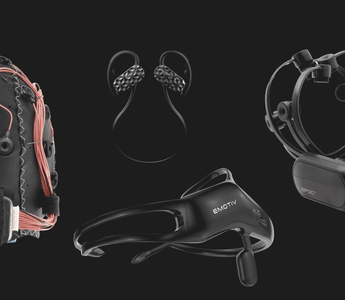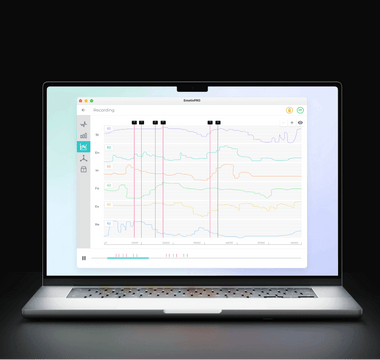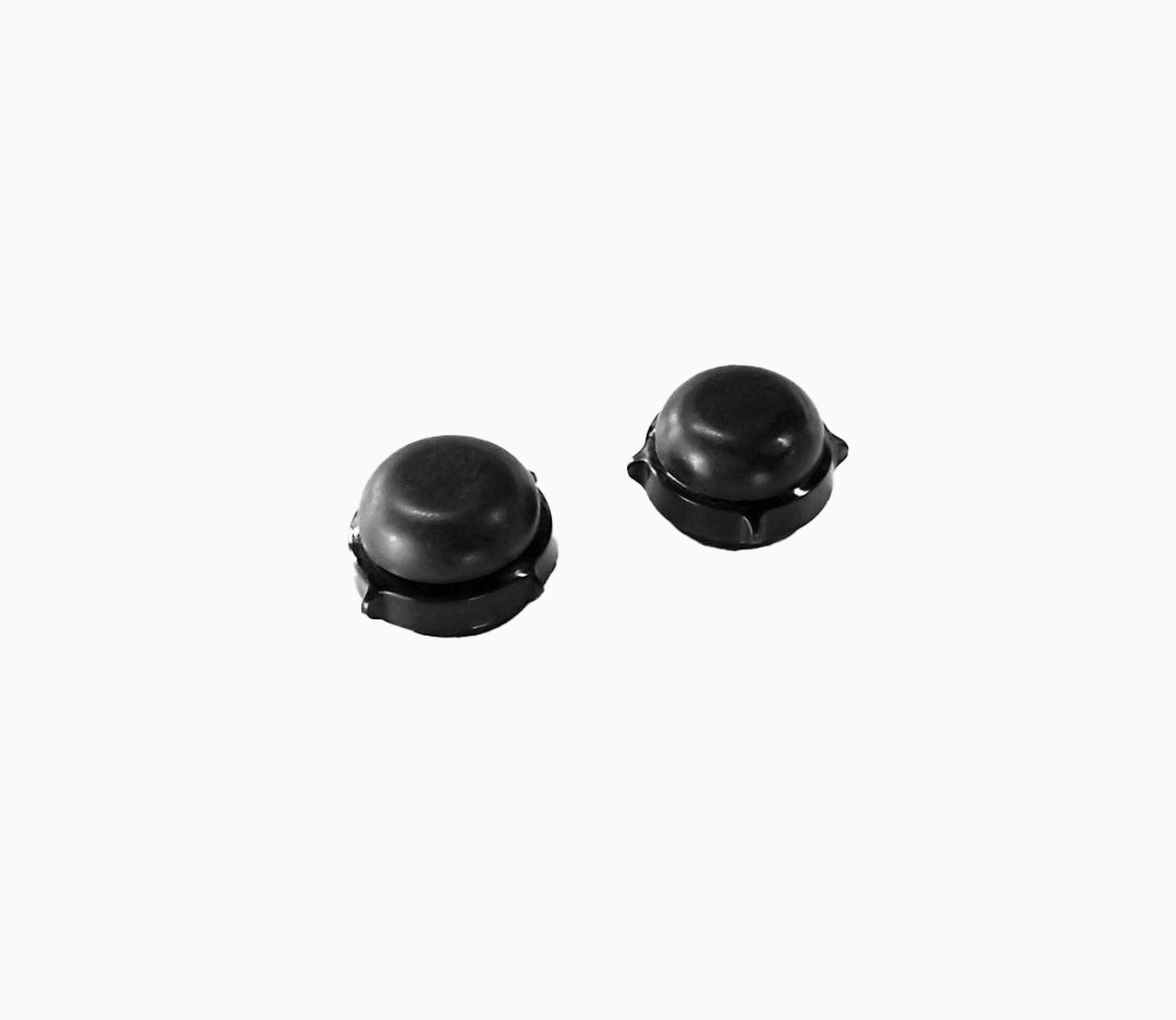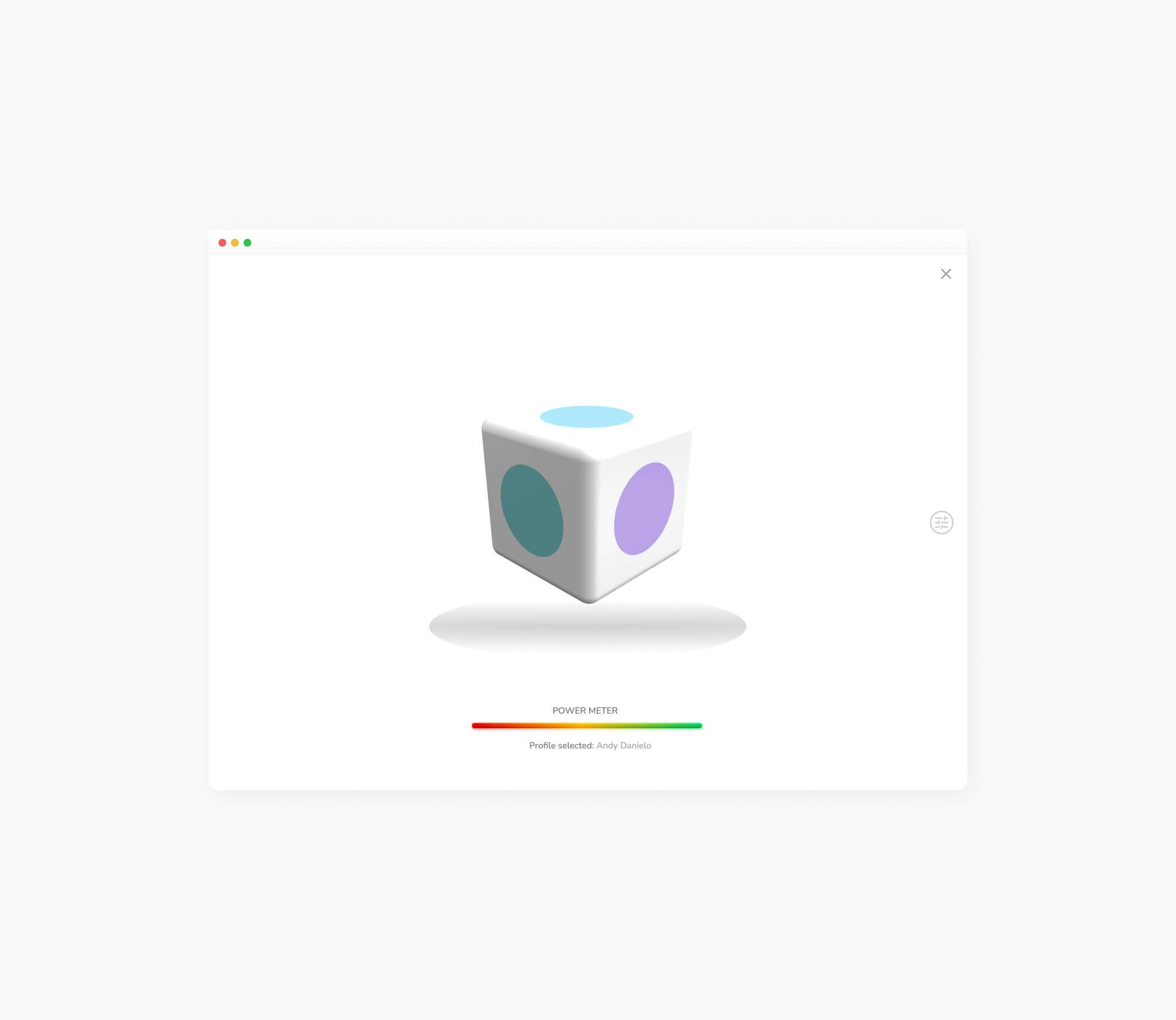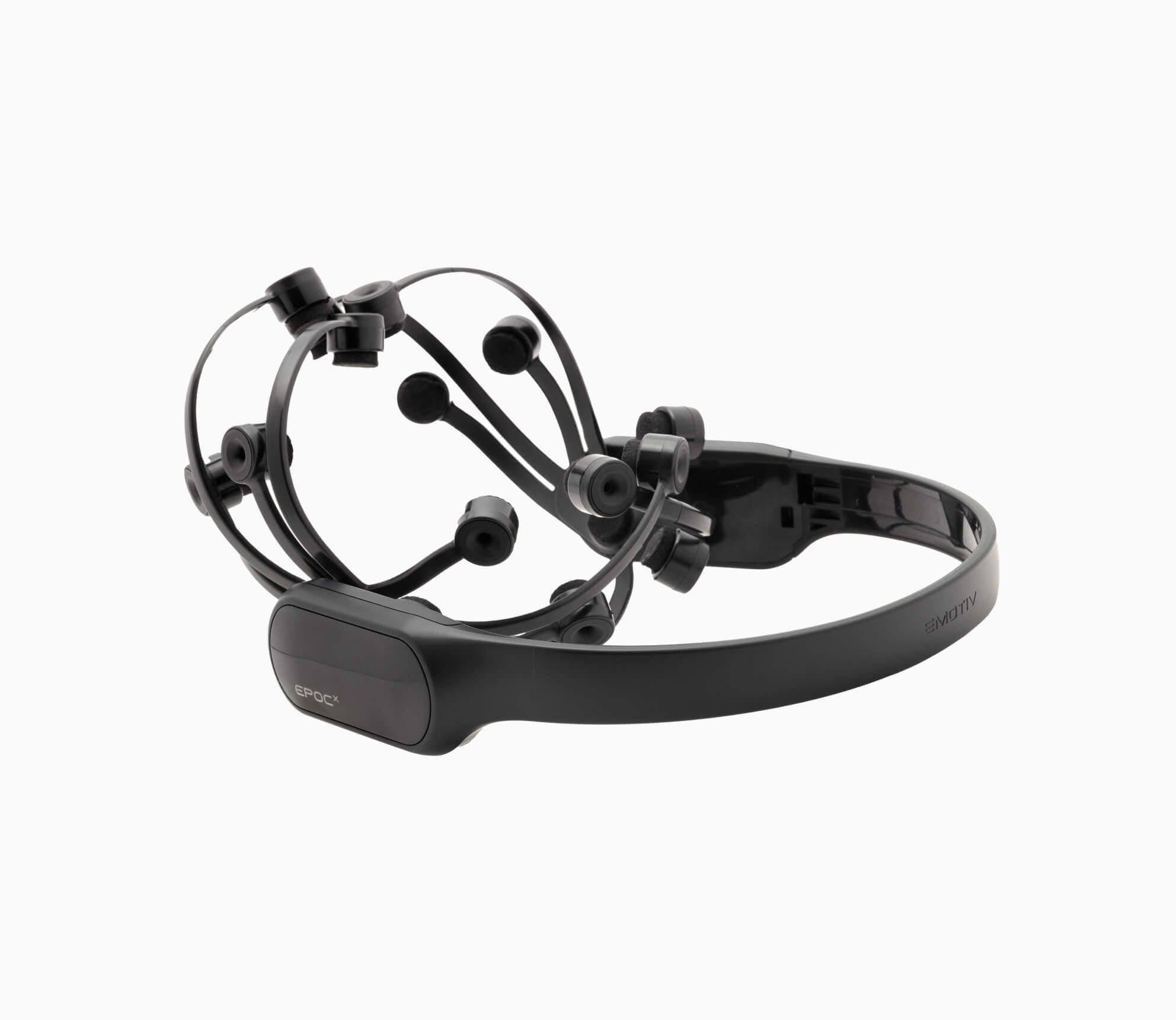Wireless EEG (Electroencephalography) headsets are invaluable for conducting contextual brain and human behavior research. When embarking on a new study, choosing the right EEG headset is essential for obtaining high-quality results.
The wireless EEG market is brimming with options, such as gel, dry, and saline sensors, as well as various channels and sensor configurations. With so many options available, choosing the right EEG headset for your research can be hard. For more than a decade, EMOTIV has strived to meet the needs of researchers with a variety of non-invasive wireless EEG devices. In this guide, we’ll walk you through the essential considerations when choosing an EMOTIV EEG headset and how their features influence the success of your research.
Define Your Research Goals
Before purchasing a wireless EEG headset, defining your research goals is crucial. Here are some questions to consider:
- Are you interested in specific brain regions or the whole brain?
- Who are your participants?
- How long will your experiments be?
When you understand your goals, you can determine the features you need, such as high channel density or easy setup, to help you conduct your research successfully.
EEG Channel Density
EEG headsets come with various numbers of EEG channels, each measuring brain activity over a specific location on the scalp. The number of EEG channels you need depends on your research goals. For example, MN8 measures brain activity over two regions, the temporal and parietal lobes, but depending on your research goals, this may suffice.
If you’re conducting a more comprehensive study of the brain, then choosing a system with more channels, like FLEX, provides higher spatial resolution, allowing you to pinpoint brain activity in specific regions more accurately by positioning the sensors in any one of the 74 head cap openings.
Capturing comprehensive brain data can also be achieved with EPOC X. Its 14 EEG channels measure activity over all brain regions to provide results comparable to other research-grade EEG systems and is much quicker to set up.
INSIGHT’s 5 EEG channels measure activity over the frontal, temporal, and central-parietal brain regions. Many researchers like INSIGHT for its minimal setup, robust data, and versatility.
Scalp-to-Sensor Contact: Gel, Saline, or Dry
Gel Sensors
Electrolyte gel enables strong and stable scalp-to-sensor conductivity that can be maintained over a long time, making gel headsets ideal for sleep studies. FLEX Gel has ring-shaped (multitrode) sintered silver-silver sensors. The gel sensors measure high-quality EEG signals with minimal noise interference, making gel sensors the ‘go-to’ for precise data collection. Unlike traditional gel head cap systems that keep participants tethered in a lab, FLEX Gel has the added benefit of being completely wireless, enabling studies in natural environments or giving participants the freedom to move while you measure their brain activity.
Saline Sensors
Saline sensors found in FLEX Saline and EPOC X conduct electrical activity between the scalp and the sensor via embedded small wet felts. Instead of preparing the sensors individually, like a gel system, preparing saline sensors is much quicker. First, you soak all the felts in saline solution, then insert the wet felts into the sensors before placing the headset on your participant. If the contact quality needs improving during your experiment, adding a few drops of saline to the felts via an opening at the rear of each sensor improves contact quality without disrupting your study. Because no skin abrading, sticky gel, or pressure is required, saline EEG devices are considered the most comfortable for participants while providing high signal quality.
Dry Sensors
Dry EEG sensors capture electrical signals from the brain without gel or saline. INSIGHT’s sensors are made from hydrophilic semi-dry polymers that conduct the brain’s electrical signals from the scalp and non-conductive elements to reduce impedance. Although INSIGHT’s signal quality is not comparable to a gel or saline EEG device — it has a higher noise-to-signal ratio — it’s popular with researchers as its dry sensors have simplified the setup process: it’s quick and easy to put on and doesn’t require time-consuming sensor preparation. Participants can wear INSIGHT comfortably while performing any activity as its dry sensors capture consistent EEG data, making it an excellent choice for dynamic studies, such as sports and consumer research.
For the same reason, MN8 is also gaining popularity due to its minimal setup and seamless integration into everyday life. MN8’s sensors are made from a dry conductive polymer that captures high-quality EEG signals comfortably while participants work, rest, and play.
Ergonomic Design Leads to Better Research
The design of EMOTIV’s wireless EEG headsets is transforming brain research. Not only are they less expensive, less technical, and less time-consuming to set up than traditional EEG devices, EMOTIV’s lightweight, ergonomic, and wire-free EEG headsets have enabled the measurement of brain activity while participants perform activities, such as sports, music, or driving, without compromising their mobility.
EPOC X boasts a rotating headband, ensuring participants feel comfortable during studies by remaining seated or lying down. Its refillable saline sensors also ensure continued participant comfort and sensor conductivity, as the headset doesn’t need to be removed to ‘top up’ the sensors with more saline. EPOC X is very quick to set up, enabling efficient contextual research. Its price point is also desirable as researchers can purchase several EPOC X headsets for the equivalent value of one traditional EEG system, allowing the study of multiple participants in parallel individual or group studies.
Headsets such as INSIGHT and EPOC X are easy enough for participants to set up on their own, enabling remote research opportunities. These headsets are lightweight enough to send to research participants, which can work out cheaper than reimbursing travel costs to your lab. Participants can contribute to your research from the comfort of their homes, breaking the barriers that were once holding back brain research.
MN8 is gaining popularity as it is discreet and comfortable to wear. As it looks like many other wireless earbuds on the market, participants feel less self-conscious about wearing them in public. MN8’s frictionless design provides critical datasets that help shape the environments we live in, improve working environments, and provide personalized brain data that improve our mental well-being.
Which EEG Headset Will You Choose?
Preparing yourself for brain research is exciting, and choosing the right EEG headset that captures the nuances of brain activity is essential for successful, reproducible results. EMOTIV’s EEG headsets empower researchers to collect meaningful brain activity measurements that accelerate our knowledge of the brain and the human experience.
We hope this article helps you decide which EMOTIV EEG headset is right for your research. For more technical specifications on all EMOTIV EEG headsets, take a look at our headset comparison chart.


